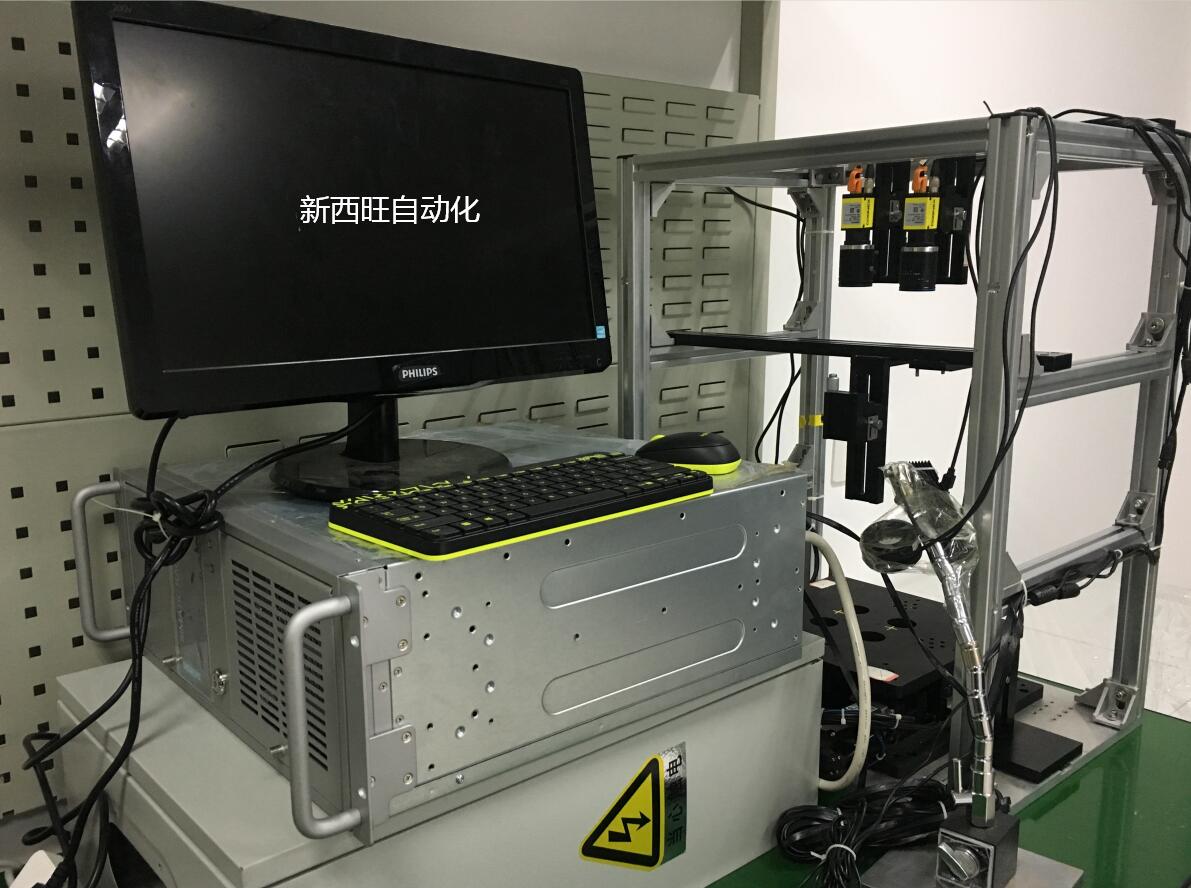Machine vision is a branch of artificial intelligence that is developing rapidly, and it is defined as using a machine instead of the human eye to make measurements and judgments. Its composition, application, characteristics, and work process, the following Xinxiwang will explain to you:

1. Machine vision system composition
Vision systems generally consist of hardware and software.
The hardware generally includes: camera, light source, and frame grabber.
Vision software is usually installed on a PC or integrated into a touch screen.
2. Application of machine vision system
The main applications of vision systems are: detection, identification, measurement, positioning, etc.
Detection: Coordinate and deflection angle calculation within the camera range to improve product inspection efficiency and reduce waste caused by manual error.
Recognition: Identification by scanning barcodes, QR codes, characters, colors, etc., through feature matching.
Measurement: Measuring the surface condition of an object by imaging the light reflected on the surface of the object using the triangulation principle.
Positioning: The workpiece within the field of view is found by the image recognition system, positioned by feature matching, and the software determines the position.
3. Advantages of machine vision inspection system
In the process of intelligent manufacturing production, the detection of products is more efficient than manual detection, better accuracy and stability, with digital management, information integration functions, to avoid artificial secondary pollution, to avoid direct contact with the product, can be detected in harsh environments, and the long-term use cost is lower. It has been widely used in industry, agriculture, transportation, medicine and other industries, and can be said to have penetrated into all aspects of our life, production and work.
4. Workflow of machine vision system:
1. The sensor detects that the detected object is close to the shooting center of the camera, and sends the trigger pulse to the frame grabber;
2. The frame grabber sends start-up pulses to the camera and illumination system respectively according to the set program and delay;
3. The camera is in a waiting state before the startup pulse comes, and starts a frame scan after the startup pulse arrives;
4. Turn on the exposure mechanism before the camera starts a new frame scanning, and the exposure time can be set in advance;
5. Another start pulse turns on the light illumination, the light on time should match the exposure time of the camera;
6. After the camera is exposed, the scanning and output of a frame of image will officially begin;
7. The image acquisition part receives the analog video signal and digitizes it through A/D, or directly receives the digital video data after the camera digitization;
8. The frame grabber stores the digital image in the memory of the computer;
9. The computer processes, analyzes and identifies the image and obtains the detection result;
10. Process the results to control the action of the assembly line, positioning, correct the error of the movement, etc.
Phone:028-62705808
Fax:028-62705808
Mobile Phone:18215640190
Email:sales@cdxiwang.com
Address:2-8-6, Chen Electric Technology Innovation Park, 68 Shuangbai Road, High-tech West District, Chengdu